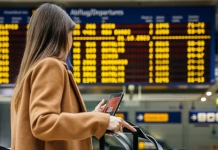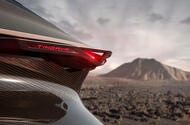BYD Atto 2 Launches in UK as Stylish Electric Crossover Rivaling Premium Compacts
 New EV slots into BYD line-up between Dolphin and Atto 3 in competitive crossover segment
New EV slots into BYD line-up between Dolphin and Atto 3 in competitive crossover segment
BYD will launch the Atto 2 crossover in the UK next month, priced from £30,850.
Available to order now, it plugs the gap between the Dolphin hatch and Atto 3 SUV to give BYD a footing in the competitive electric crossover segment.
Its starting price places it in the crosshairs of the Jeep Avenger and Hyundai Kona Electric. However, BYD is positioning it as a more premium offering in the segment, with plans to go after slightly more expensive rivals such as Smart #1 and Volvo EX30.
To that end, the company cites the quality of standard kit offered in the Atto 2. For example, the entry-level Boost model comes with 17in alloys, a 12.8in rotatable touchscreen (the same as in the larger Atto 3), wireless charging, a ‘high-tech’ audio system with eight speakers, and vehicle-to-load (V2L) capabilities, which mean it can power external devices such as, BYD notes, a lawnmower. It also gets a heat pump.
The entry-level Boost model comes with a single motor that sends 174bhp to the front wheels and electricity is drawn from a 51.1kWh battery pack that yields a range of 214 miles.

A better-equipped Comfort model will arrive later this year. Priced at £34,950, it is expected to get BYD’s 15.6in touchscreen and higher-quality materials. It will also be fitted with a larger, 64.8kWh battery pack that offers up to 261 miles of range and a slighter more powerful, 201bhp front-mounted motor.
The Atto 2 Boost can handle charging rates of up to 82kW, allowing the pack to be juiced from 30-80% in 30 minutes. Comfort increases this to 155kW, dropping the fill-up time to 21 minutes.
Both configurations can hit 62mph from standing in 7.9sec. Top speed is limited to 99mph.

A smaller sibling to the existing Atto 3, the new Atto 2 measures 4.31m long, 1.83m wide and 1.68m tall. That lines it up neatly to serve as a higher-riding alternative to the BYD Dolphin hatchback. The Atto 2 offers seating for five as well as a 400-litre boot.
In addition, the battery is fitted to the car using cell-to-body construction, which is said to boost chassis rigidity.
New Tariffs Set to Drive Up Motorcycle Prices Across America
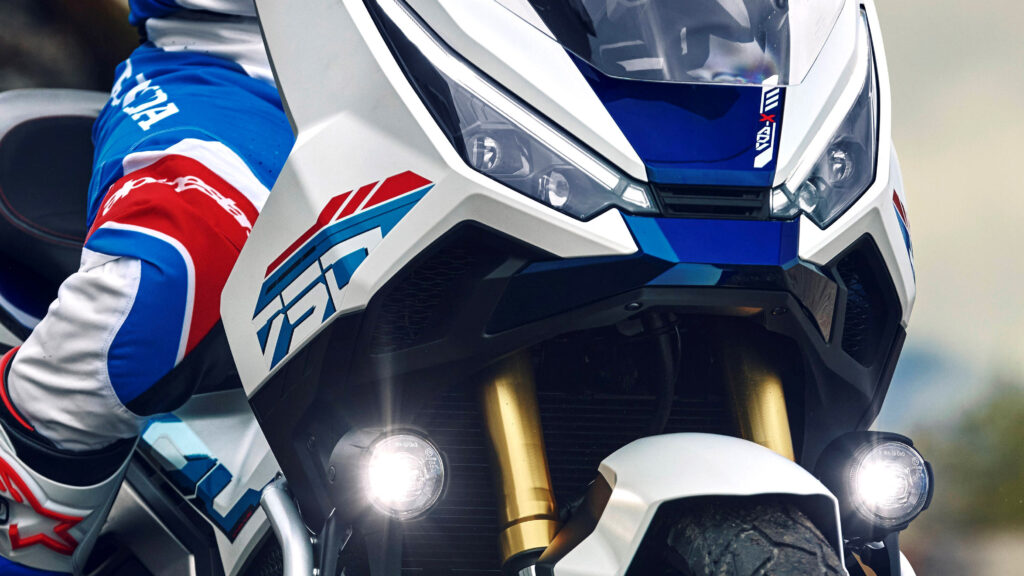
Last Minute Flight Bookings Surge Amid Economic Uncertainty

BYD Atto 2 Launches in UK as Stylish Electric Crossover Rivaling Premium EVs
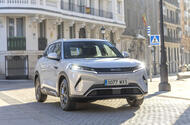 New EV slots into BYD line-up between Dolphin and Atto 3 in competitive crossover segment
New EV slots into BYD line-up between Dolphin and Atto 3 in competitive crossover segment
BYD will launch the Atto 2 crossover in the UK next month, priced from £30,850.
Available to order now, it plugs the gap between the Dolphin hatch and Atto 3 SUV to give BYD a footing in the competitive electric crossover segment.
Its starting price places it in the crosshairs of the Jeep Avenger and Hyundai Kona Electric. However, BYD is positioning it as a more premium offering in the segment, with plans to go after slightly more expensive rivals such as Smart #1 and Volvo EX30.
It says this is down to the quality of standard kit offered. For example, the entry-level Boost model comes with 17in alloys, a 12.8-inch rotatable touchscreen (the same as in the larger Atto 3), wireless charging, a ‘high-tech’ audio system with eight speakers, and vehicle-to-load (V2L) capabilities which means it can power external devices such as, BYD notes, a lawnmower. It also gets a heat pump.
Underneath, the entry-level Boost model comes with a single motor that sends 174bhp to the front wheels, with electricity drawn from a 51.1kWh battery pack that yields a range of 214 miles.

A better equipped Comfort model will arrive later this year. Priced at £34,950, it is expected to get BYD’s larger 15.6in touchscreen and better quality materials. It will also be fitted with a larger 64.8kWh battery pack that offers up to 261 miles of range and a slighter more powerful 201bhp front-mounted motor.
The Atto 2 Boost can handle charging rates of up to 82kW, meaning the pack can be juiced from 30-80% in 30 minutes. Comfort increases this to 155kW, dropping the fill-up time to 21 minutes.
Both configurations can hit 62mph from standing in 7.9sec. Top speed is limited to 99mph.

A smaller sibling to the existing Atto 3, the new Atto 2 measures 4.31m long, 1.83m wide and 1.68m tall. That lines it up neatly to serve as a higher-riding alternative to the BYD Dolphin hatchback. The Atto 2 offers seating for five as well as a 400-litre boot.
What’s more, the battery is fitted to the car using cell-to-body construction, which is said to boost chassis rigidity.
Cupra Tindaya Concept Unveiled as Bold Fusion of Emotion and Technology
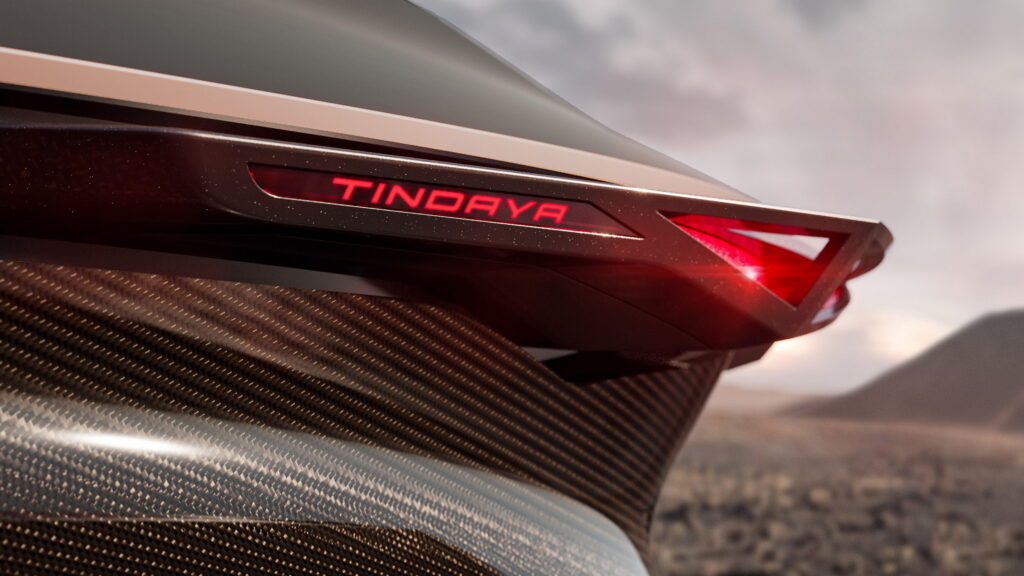
Tesla’s Self-Driving Claims Face Legal Scrutiny as Promises Meet Reality
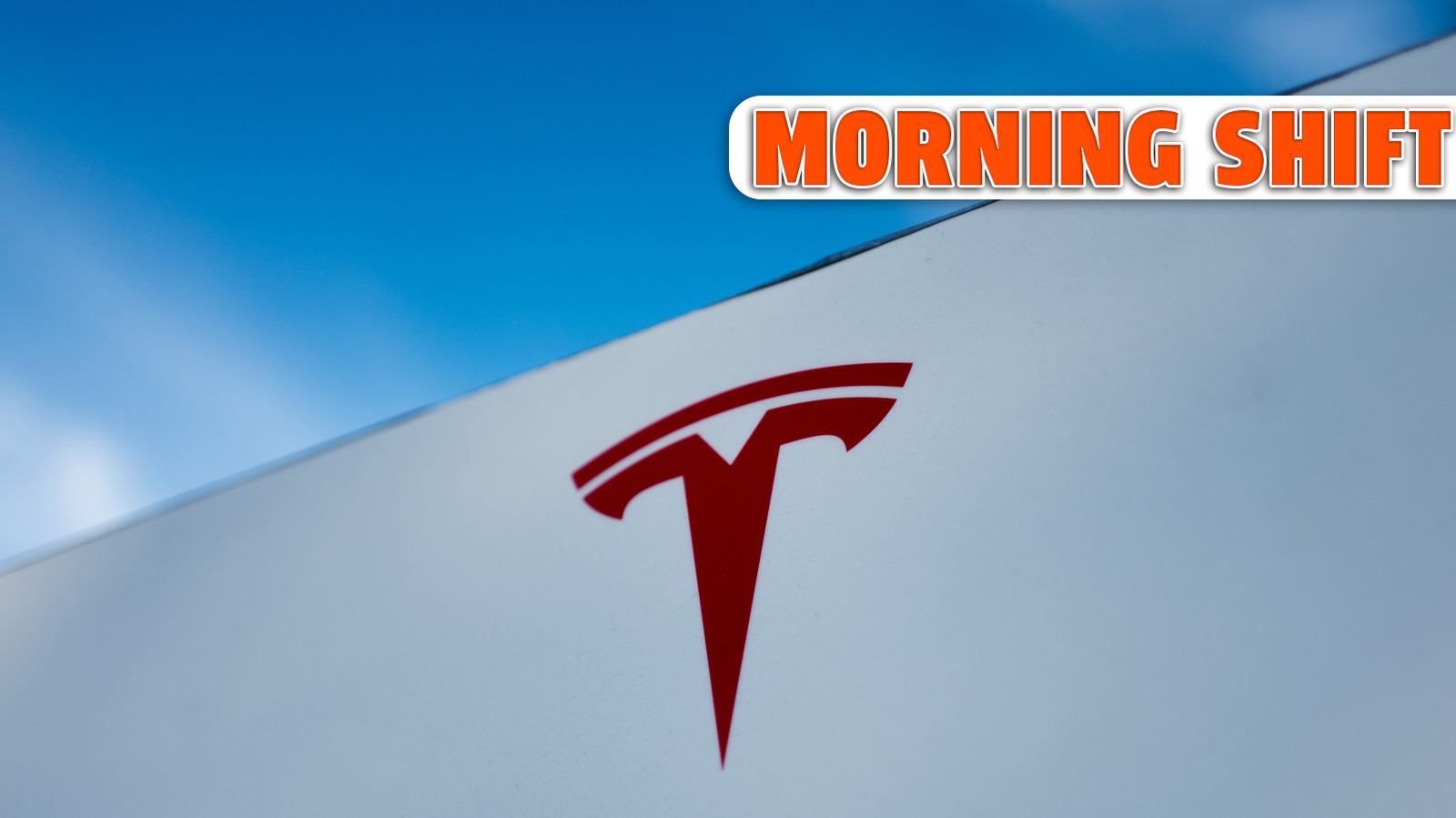
Cupra Tindaya Concept Unveils Bold New Design Vision at Munich Motor Show
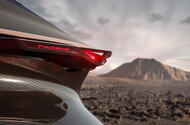 "Dramatic" show car will preview the next step in the brand's design language
"Dramatic" show car will preview the next step in the brand's design language
The new Cupra Tindaya concept car will preview the next stage of the brand's design language when it is revealed at the Munich motor show next month.
The show car is named after the volcanic mountain on the Atlantic island of Fuerteventura because "its copper-toned rock echoes the signature of Cupra", said the brand.
To be unveiled on 8 September, it is expected to focus heavily on the future of the brand's interior design.
Cupra said the concept "delivers the maximum expression of driver focus, while offering a unique experience, enhancing the driver’s emotions".
In a preview image released by the brand, it shows a radical new cabin similar to that of the DarkRebel concept unveiled in 2023. It includes a yoke-like wheel, chunky central spine similar to the electric Tavascan's, and what appear to be racing seats.
The brand said the concept will blend “human and machine, where the driving experience and emotions reach their fullest expression”, emphasising a focus on interior design.
Cupra has revealed little else about the concept but did confirm it will also show the next step of its exterior design language.
The concept follows a major range-wide redesign last year in which the entire line-up was refreshed to bring parity between the new electric cars and older combustion models. The revamp mainly focused on the front end and included a prominent nose, a broader grille and triangular LED lights
The show car will be revealed alongside a camouflaged production version of the new Raval – Cupra’s Volkswagen ID 2 twin. The Raval will arrive in 2026 as the brand’s new entry-level model and a rival to the Renault 5. It is expected to be priced at around £25,000.
One-of-a-Kind Polaris RZR Transformed by Porsche Engineering Hits the Auction Block
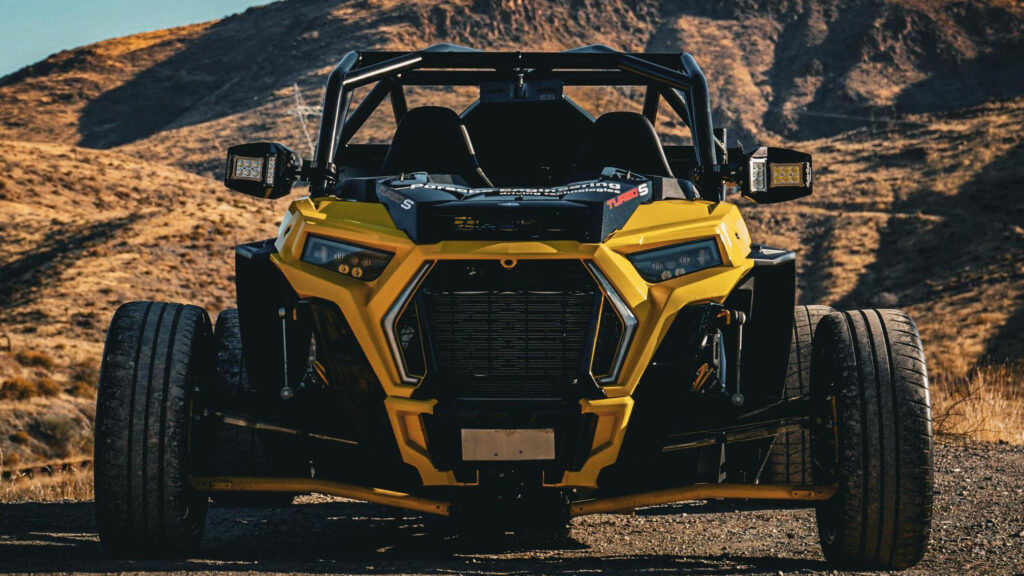
Iconic Movie and TV Cars Hit the Auction Block
Xiaomi Accelerates Into Europe With High Performance Electric Cars Set for 2027 Launch

Xiaomi SU7 is a 5m-long saloon with the option of supercar powerXiaomi's new EV brand has grown at lightning speed in China and now has its eyes on Europe
Chinese tech giant Xiaomi is planning to start selling its new electric cars in Europe within the next two years.
Historically best known as a manufacturer of consumer electronics (primarily its hugely popular smartphones), Xiaomi launched the SU7 saloon as its first EV in 2023 and announced plans to become one of the world's five biggest car makers.
With its second EV, the YU7 SUV, now also on sale in China, Xiaomi Auto is one of the fastest-growing car brands in its home market, with more than 80,000 cars delivered in the last quarter alone (a near-200% yearly increase), and is laying the groundwork to soon start exporting cars internationally.
In an earnings call this week, company president William Lu told international media that Xiaomi Auto plans to enter the European EV market in 2027, having recently shared a photo of an SU7 on German plates to his Weibo account.
Lu is reported as saying the company is in the research and preparation phase of its European rollout and did not give any specific details on timings or model lines.
Before sending its cars overseas, however, Xiaomi must contend with severe production bottlenecks at its factory in Beijing. Wait times for the SU7 are currently at 41 weeks, according to Chinese outlet CnEVPost, and orders placed now for the YU7 won't be fulfilled for more than a year.
Xiaomi reportedly took around 240,000 orders for its Tesla Model Y rival within 18 hours of its unveiling in June – largely attributed to a low starting price equivalent to just £29,000 – leading to a backlog as the firm ramped up production of its two debut models in very short succession. Responding to criticism of the delays on social media, Xiaomi CEO Lei Jun recommended that disappointed customers consider rival products.
"If you need to buy a car quickly, other China-produced new energy vehicles are pretty good,” he said, highlighting the Xpeng G7, Li Auto i8 and even the Tesla Model Y - which he called "a great car".
Amid high demand for its first two cars, Xiaomi's EV business generated revenues of just over £2 billion in the last financial quarter and is expected to achieve monthly or quarterly profitability later this year, Lu said in the earnings call. However, he added that the company is still ultimately operating at a loss following investments of more than £3 billion in the company's launch and scale-up.
Xiaomi's EVs are likely to be pitched more overtly at the premium end of the market in Europe, given their performance focus and high levels of technology.
The SU7 saloon – benchmarked against the Porsche Taycan and Tesla Model S – comes with up to 664bhp in standard form and has a claimed maximum range of nearly 500 miles. The YU7 touts a similarly lofty output in top-rung guise and is said to be capable of 519 miles per charge - though that is according to China's generous CLTC cycle.
Both cars are available with a choice of rear- or twin-motor powertrains and different battery sizes, though Xiaomi is likely to offer a streamlined international line-up, at least initially.
It is possible that the company could launch the warp-speed SU7 Ultra super-saloon as a European halo model, having already built some hype around the 1527bhp super-saloon by breaking the EV lap record at the Nürburgring twice with it.
Xiaomi's third car will be a larger SUV called the YU9. Positioned more upmarket than its range-mates and equipped with a range-extender powertrain, it seems less likely than its more mainstream, pure-EV range-mates to come to Europe.



